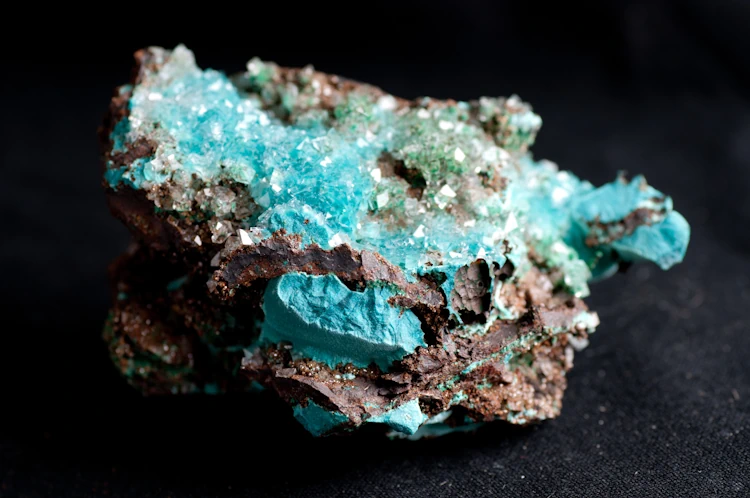If you’re an aspiring mineral collector, you’ve embarked on an exciting journey into the world of Earth’s geological treasures. Collecting rare minerals can be a deeply rewarding and intellectually stimulating hobby, but it also requires a keen eye, knowledge, and dedication. In this guide, we will provide you with essential tips and techniques for identifying rare minerals to kickstart your collection.
Start with the Basics: Mineralogy 101
Before diving into the world of rare minerals, it’s essential to grasp the basics of mineralogy. Understanding the fundamentals, such as crystal structures, mineral classes, and chemical compositions, is crucial. Numerous resources, including books and online courses, can help you build this foundational knowledge.
Invest in the Right Tools
To accurately identify minerals, you’ll need a set of basic tools, including a streak plate, a glass plate, a magnet, a pocket knife, and a magnifying glass. More advanced collectors might invest in specialized equipment like a mineral identification kit and a UV light.
Observe Physical Properties

When examining a mineral, start by observing its physical properties:
- Color: While color can be a helpful clue, it’s not always definitive. Some minerals exhibit a wide range of colors due to impurities.
- Streak: The color of a mineral’s streak (the mark it leaves when scratched on a streak plate) can be more reliable than the external color.
- Luster: Luster refers to how light is reflected from the mineral’s surface. It can be metallic, glassy, pearly, or dull.
- Hardness: Use the Mohs scale to determine a mineral’s hardness by testing it against common materials like fingernails, a copper penny, or a steel nail.
- Cleavage and Fracture: Examine how the mineral breaks when subjected to force. Cleavage results in flat, smooth surfaces, while fracture produces irregular, rough surfaces.
Consider Specific Gravity
Specific gravity is the ratio of a mineral’s weight compared to an equal volume of water. You can calculate it by weighing the mineral in air and then in water. Specific gravity can help distinguish between similar-looking minerals.
Use Acid Tests Sparingly
Some minerals react with acids, producing bubbles or effervescence. For instance, calcite fizzes when it comes into contact with hydrochloric acid. However, be cautious with acid tests, as they can damage your specimen if done improperly.
Consult Reference Materials and Online Resources
Collecting rare minerals is a continuous learning process. Utilize reference books, mineral databases, and online forums to compare your findings with documented specimens. Websites and communities dedicated to mineral identification can be invaluable.
Join a Mineral Club or Society
Consider joining a local mineral club or a national mineral society. These organizations often host meetings, workshops, and field trips, providing opportunities to learn from experienced collectors and share your own discoveries.
Practice Patience and Persistence
Mineral identification can be challenging, especially for rare and lesser-known specimens. Be patient, and don’t be discouraged by occasional misidentifications. Learning from your mistakes is an integral part of the journey.
Document Your Collection
Maintain a detailed record of your collection, including where and when you acquired each specimen, its physical properties, and any relevant historical or geological information. This documentation will prove invaluable over time.
Seek Expert Guidance When in Doubt
If you encounter a mineral that stumps you, don’t hesitate to seek the guidance of experienced collectors or professional mineralogists. Sometimes, identifying a rare mineral might require specialized knowledge.
In conclusion, the world of rare mineral collection is both fascinating and rewarding. Armed with the right knowledge, tools, and patience, you can become a proficient mineral identifier and build a remarkable collection. Remember that each mineral tells a unique geological story, making your collection a testament to Earth’s incredible history. Happy collecting!